|
The pandemic has made it hard for many businesses, and sashiko is no exception. When I went to see the travelling Hida Sashiko exhibition recently, I heard that the Takayama-based Hida Sashiko company, too, was struggling. With domestic travel limited, not to mention the states of emergency, business hours are shortened and there is not enough work for staff. Travelling exhibitions like this are an important method of selling their range of sashiko clothing, hangings and bags etc., but the cancellation of many regular dates, such as at department stores, have also hit hard. I’m glad the Yokose Gallery, where I saw the exhibition, was open for business as usual. I have written about my visits to this exhibition before. This is where I discovered the Hida Sashiko Notebook, which continues to be a valuable reference source for me. This year, Notebook in hand, I went looking for examples of patterns from it in the exhibition. This wall hanging yielded several to check off the list straight away. Below are close ups of six patterns from the Notebook This hanging made from old fabric is stitched with diamond blue wave (hishi seigaiha), which creates the impression of waters more turbulent than the round blue wave pattern. On another wall hanging I found circular seven treasures (maru shippo). The overlapping point of four circles creates another small circle. Circles represent harmony and this pattern has come to be associated with good fortune. The seven treasures--gold, silver, lapis lazuli, crystal, agate, coral and clams--comes from Buddhism. This entrance curtain is worked with Japanese cypress (higaki) pattern, a geometric stylization of the interleaved cypress panels used on ceilings, fencing and wainscotting. This bag incorporates a pattern based on the wooden counting rods (sankuzushi) of a tool once used for Japanese-style calculations and divinations. Another paneled wall hanging netted a few more patterns. Sayagata, which I have seen variously translated as key fret, saya pattern, saya brocade, is based on the a diagonal version of the swastika pattern, and which was often seen on Chinese brocade. Rising steam (tatewaku) is self explanatory I think. Of the 29 patterns in the Hida Notebook, I managed to find twelve, but there were probably more tucked away amongst the many hangings, bags, coats and other items on display. To finish, here are a couple of my favourite pieces. The first is a hanten, a traditional warm jacket with a glorious selection of patterns, and the other is an example of long jacket with a pattern called donza which is based on seaweed and originated on the small fishing island of Tobishima in the Japan Sea. The items in the exhibition are not for sale online, but sashiko kits and supplies are available at the online shop.
4 Comments
Jean Haese
10/4/2021 12:17:09 pm
Thank you for your newsletter. It was great to read your news and know that there are some improvements since the beginning of Covid .I really enjoy your posts and your blog and as I can't visit Japan at present, it keeps me in touch. I am saddened to hear that Hida Sashiko is struggling. It is a shop that I love and always find great things to buy. Best wishes, take care, stay well and safe.
Reply
Alison
10/4/2021 04:21:23 pm
Dear Jean
Reply
Michele Buck
10/5/2021 01:07:36 am
I received your newsletter while checking my email. I stopped all business activity to read your newsletter and then follow the link to your blog. What inspiration I found. I am truly inspired by your work and pictures. Thank you for keeping us informed.
Reply
Alison
10/13/2021 12:46:45 pm
Dear Michelle,
Reply
Leave a Reply. |
Watts SashikoI love sashiko. I love its simplicity and complexity, I love looking at it, doing it, reading about it, and talking about it. Archives
September 2022
Categories
All
Sign up for the newsletter:
|


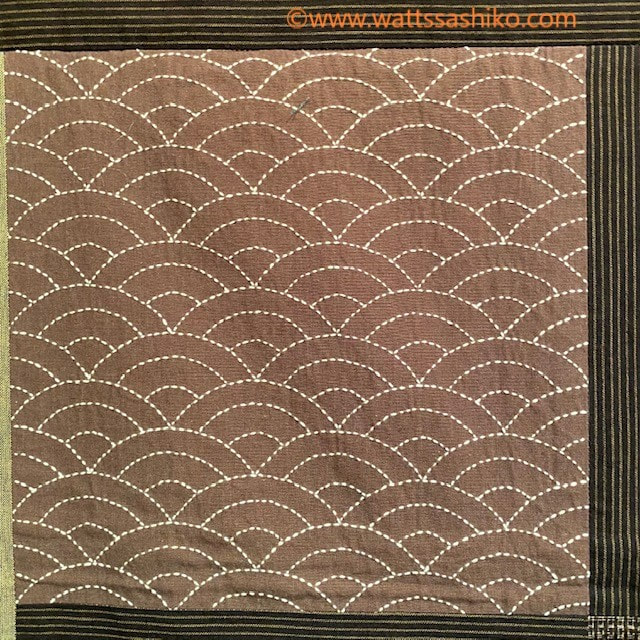








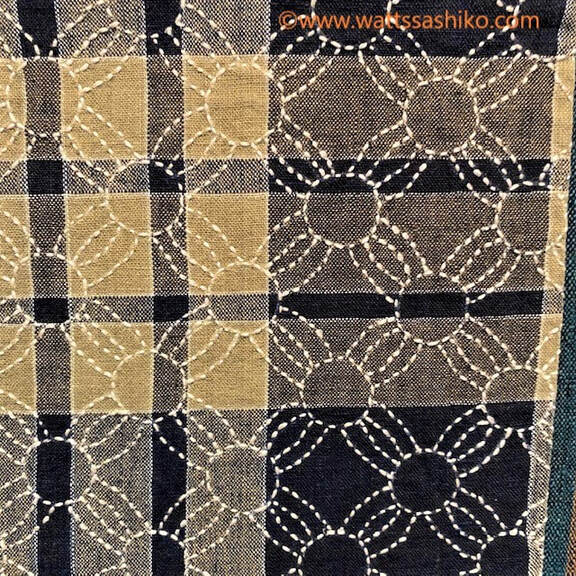
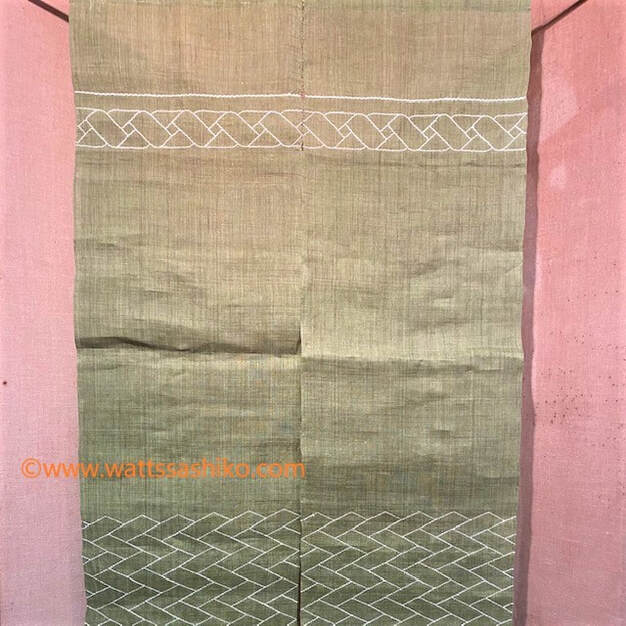
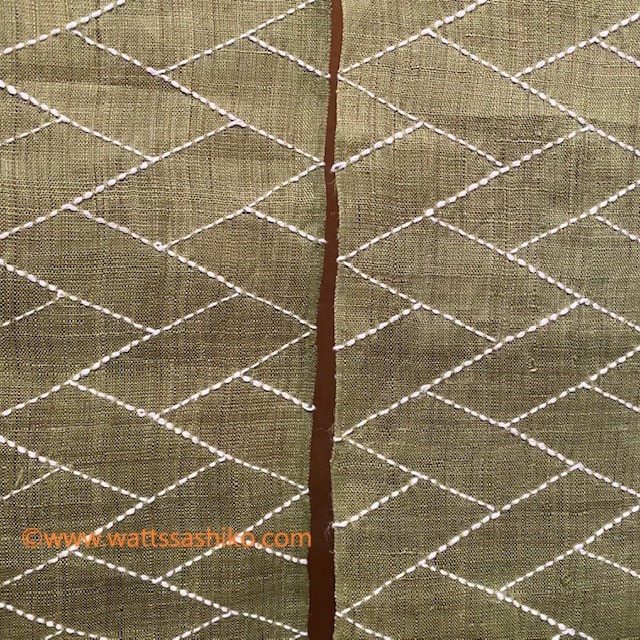



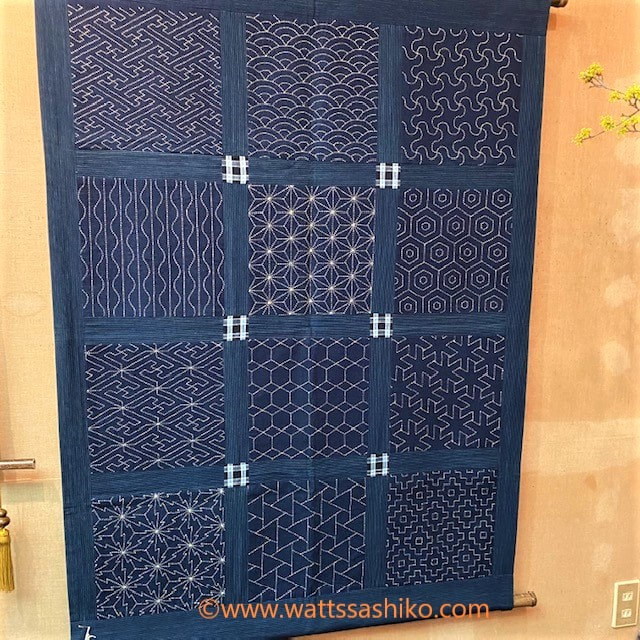
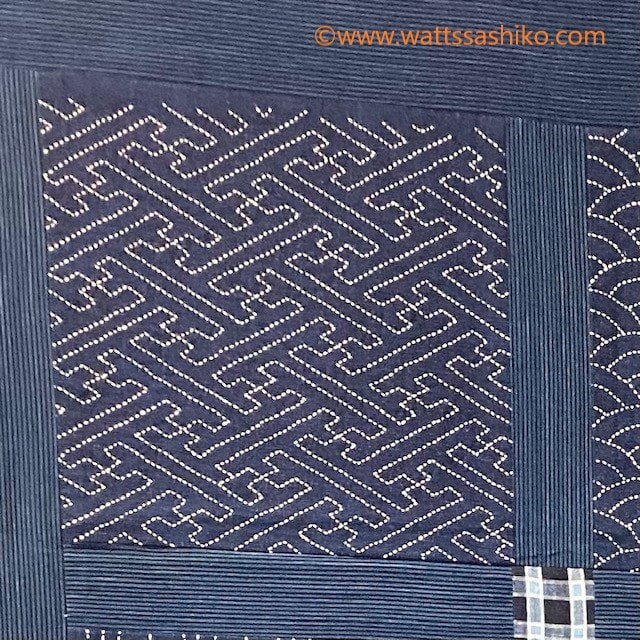
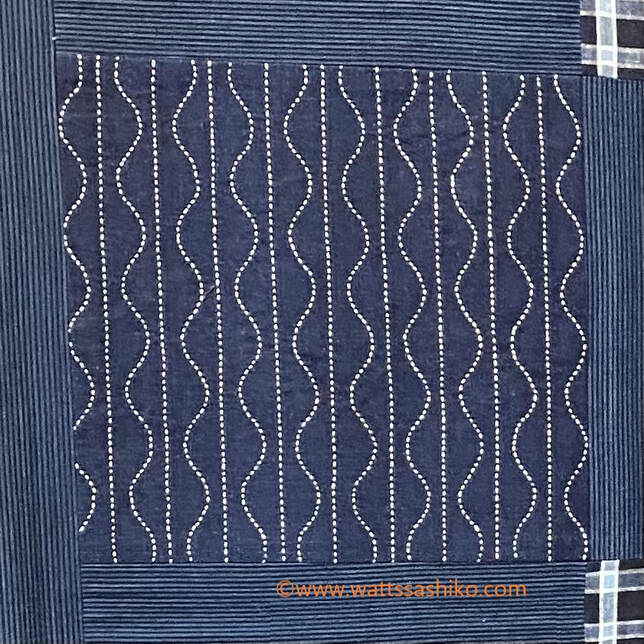


 RSS Feed
RSS Feed



